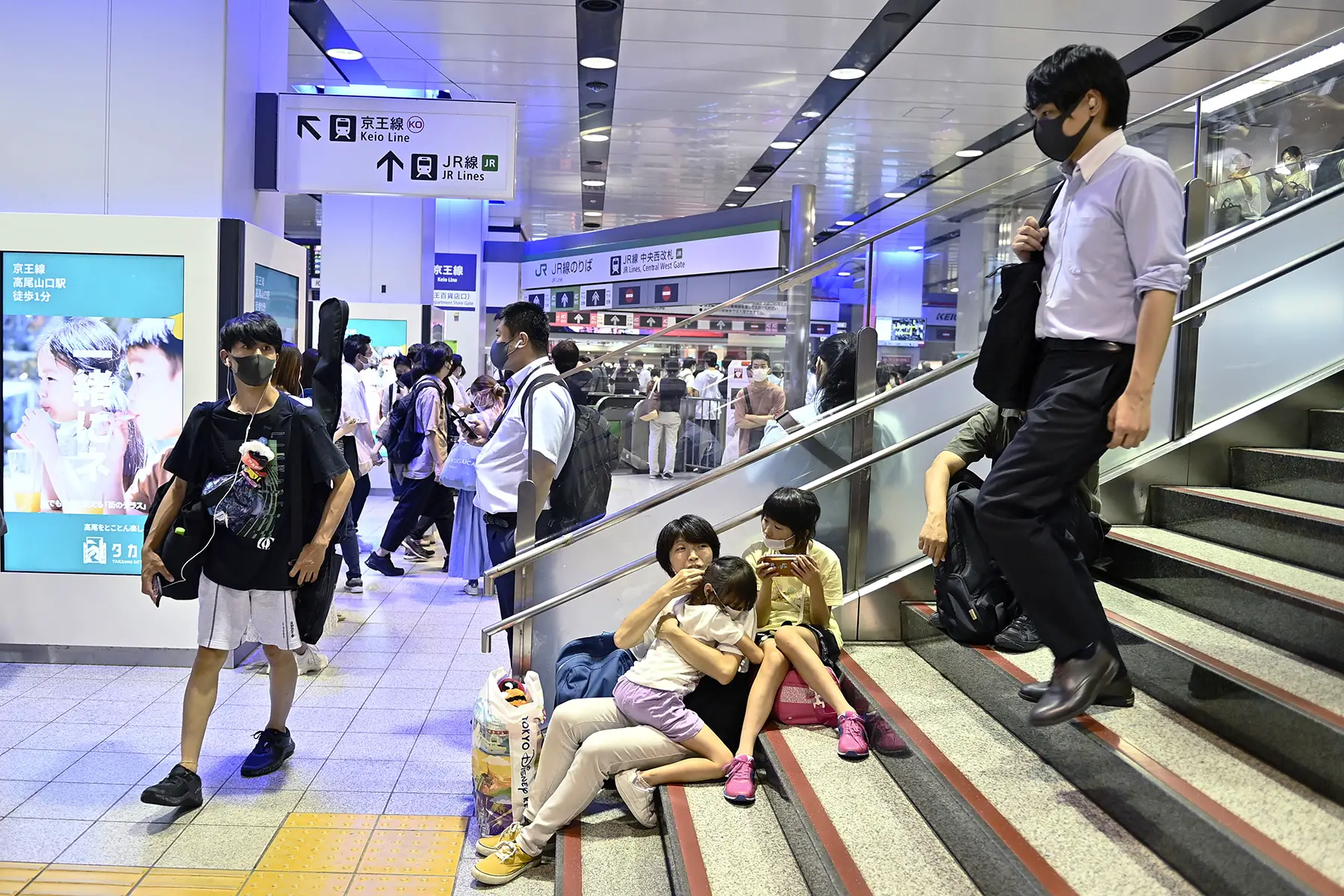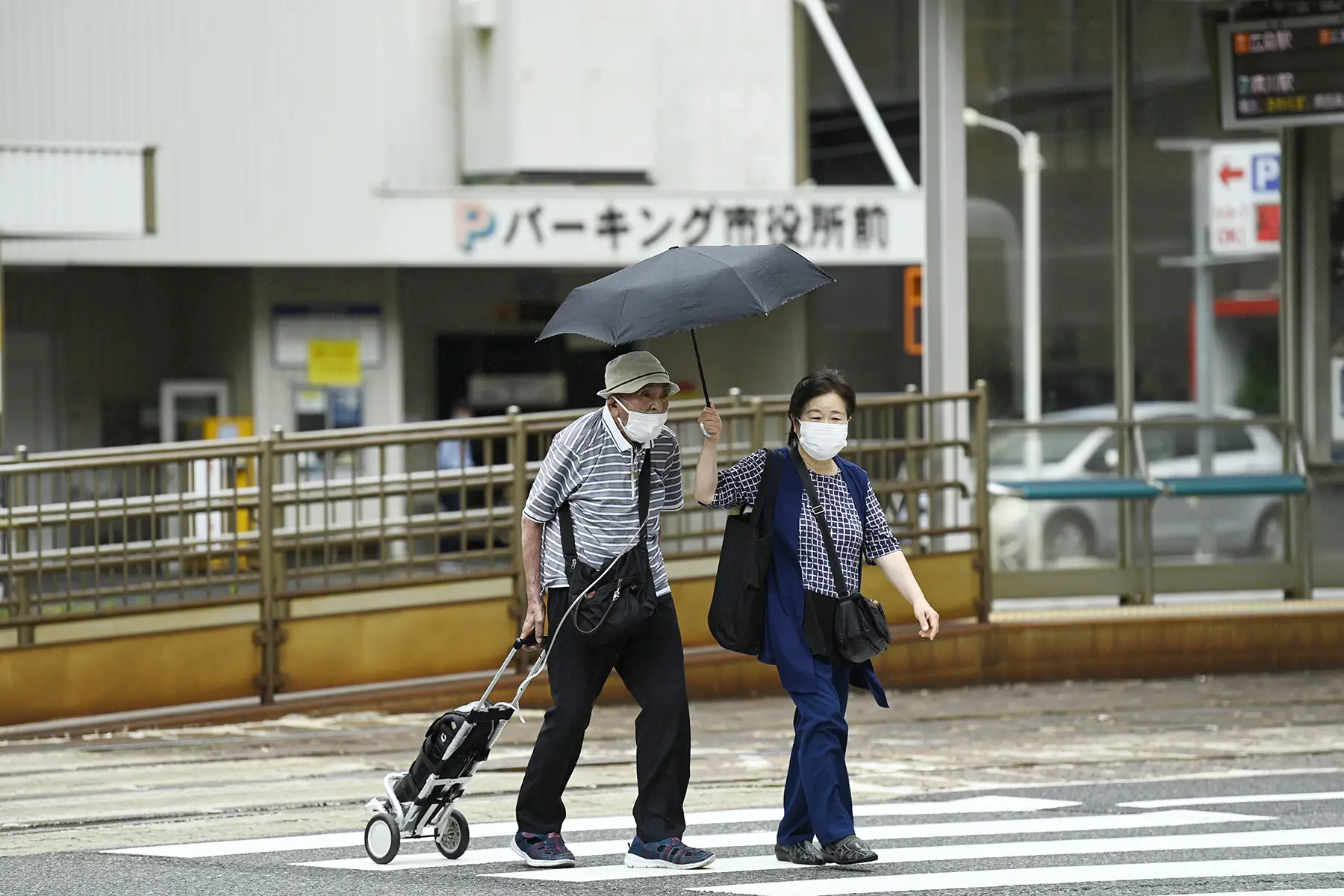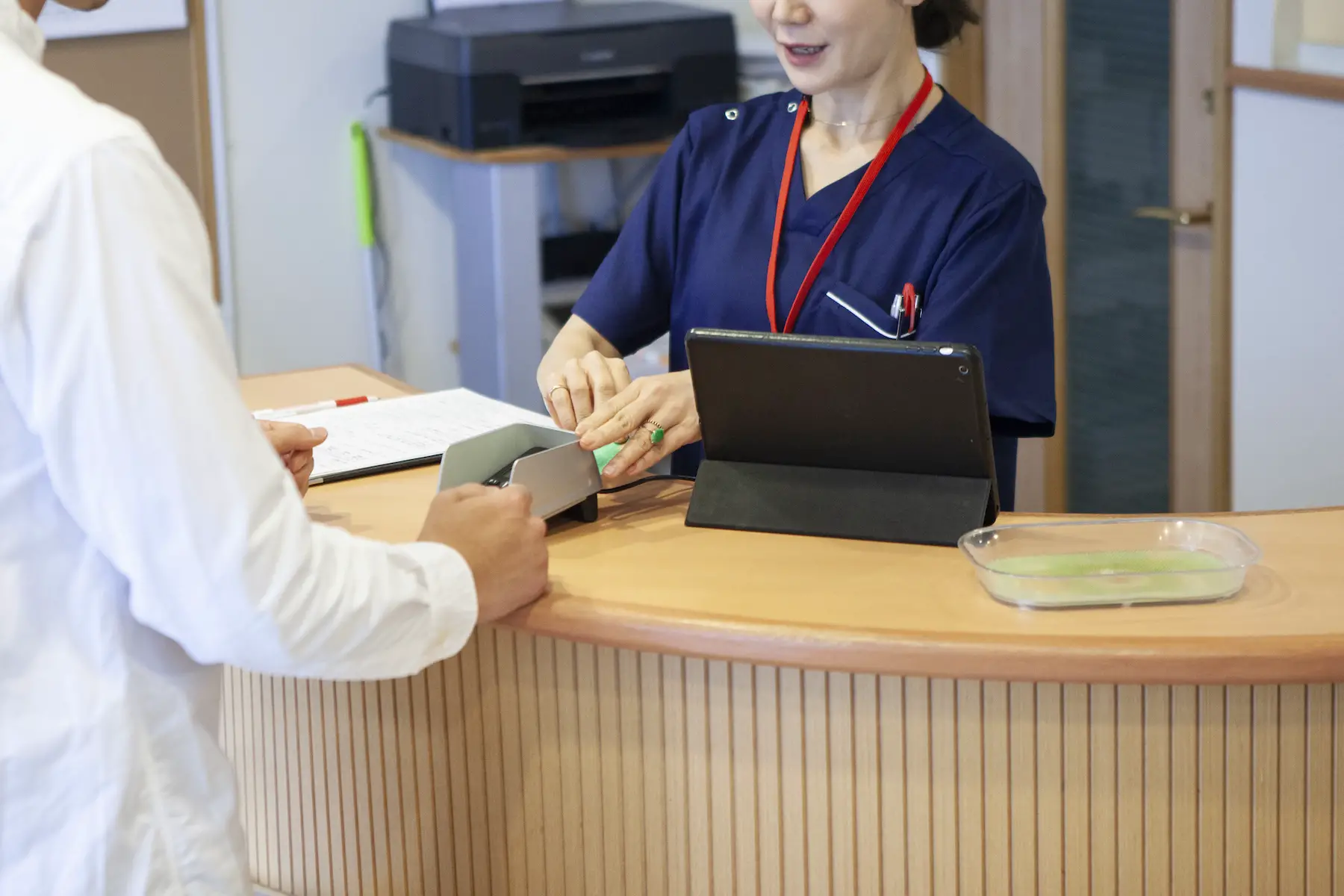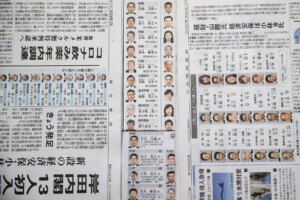All residents living and working in Japan must contribute to the Japanese social security system (社会保障制度), which provides pension, healthcare, and employment-related benefits. Your contributions will vary depending on your employment status and income.
Read on to learn about the social security system in Japan, including the following:
- Social security in Japan
- Receiving social security in Japan as an expat
- Unemployment benefits in Japan
- Sickness benefits in Japan
- Disability benefits in Japan
- Health insurance in Japan
- Child benefits in Japan
- Survivor benefits in Japan
- Social security for self-employed and freelancers in Japan
- Social security in Japan for students and low-earners
- Useful resources
Social security in Japan
The Ministry of Health, Labour and Welfare (厚生労働省 – MHLW) oversees social security in Japan. Contributions from employees and employers fund the system, which provides a range of benefits.

The two main pillars are:
- Labor insurance (労働保険) – covers unemployment and sickness benefits, as well as workplace accident insurance
- Social insurance (社会保険) – provides pensions, healthcare, and social care
When you register an address in Japan, you will receive a 12-digit Individual Number (個人番号) for tax and social security purposes. This number is also called My Number (マイナンバー).
Should you need to claim social security benefits in Japan, you must provide your Individual Number to the relevant agency.
Social security and retirement income are hot topics in Japan. Contributions could be increased as soon as 2024, as the government seeks to navigate the financial strain brought about by an aging population.
Who is eligible for social security?
In principle, anyone living in Japan who pays into the social security system can access its benefits.
All residents are required to contribute to a pension scheme and healthcare scheme. If you work for an employer in Japan, they will be responsible for withholding pension and healthcare contributions from your salary. However, if you are self-employed, unemployed, or a student, you will make your own contributions separately.
Social security contributions
In 2023, workers in Japan make social security contributions totaling around 14 to 15% of their annual income. This covers their workplace pension (Employees’ Pension Insurance, EPI – 厚生年金保険), employment-based health insurance (EHI) (被用者保険), and unemployment insurance (失業保険) contributions.
Pension contributions are levied at 9.15% of salary, up to a maximum taxable income of ¥650,000 per month. Health insurance contributions are around 5% for under-40s and 5.7% for over-40s, however, this varies between prefectures.

If you don’t work for an employer in Japan – for example, you are self-employed or unemployed – EPI and EHI don’t apply to you. Instead, you will make state pension (国民年金) contributions at a flat rate (¥16,520 per month in 2023) and pay into the national health insurance scheme (NHI) (国民健康保険) separately.
Your exact healthcare contributions are based on your age, income, prefecture, and the number of people in your household.
Receiving social security in Japan as an expat
Expats living and working in Japan can access the social security system. It’s also worth looking into whether your home country has a social security agreement in place with Japan.
Social security agreements prevent internationals from needing to make contributions to the pension systems in both Japan and their home country (known as dual coverage). Some agreements also allow expats to ‘totalize’ their contributions across the two countries – potentially letting you boost your entitlement towards a Japanese pension.
Japan has social security agreements in place with 22 different countries, including Australia, Canada, France, the UK, and the United States. However, not all cover both dual coverage and totalization.
Unemployment benefits in Japan
Who can get unemployment benefits?
Employment insurance (雇用保険) safeguards against loss of income if you lose your job in Japan, for example, because you’ve come to the end of an employment contract or have been made redundant.
To qualify for unemployment benefits, you will need to have been making social security contributions. You must have been working for at least 12 months in the previous two years and demonstrate that you are actively looking for employment.
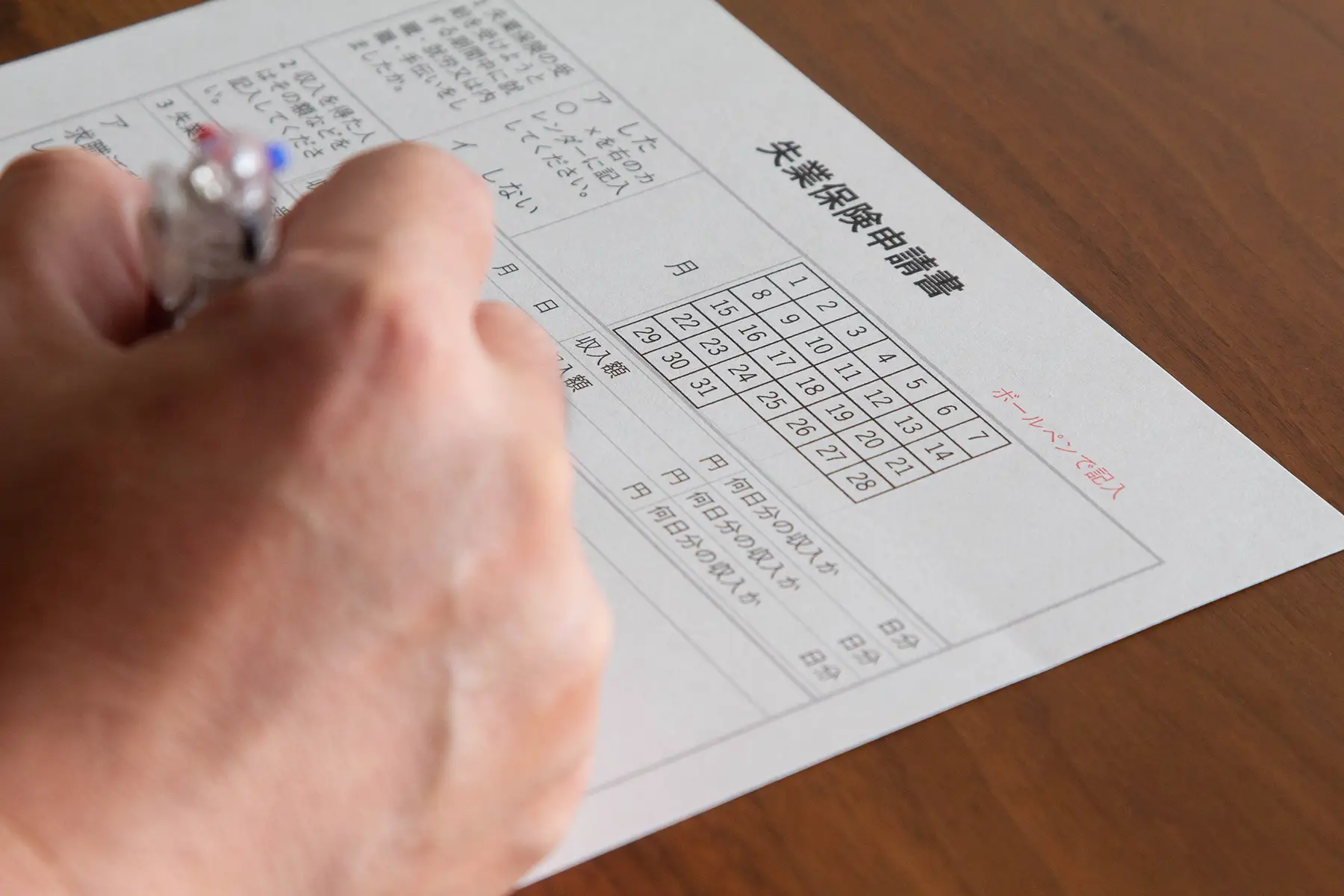
The benefit amount depends on the reason you left your job, the length of time you have had insurance, and your age. The maximum you can receive is 80% of your average salary (based on earnings from the last six months).
How long you will be able to access unemployment benefits also varies, up to a maximum of a year. Contact the MHLW or read their Q&A (in Japanese) to find out more about your specific situation.
Unemployment benefit contributions
Workers in Japan pay 0.5% of their salary towards their unemployment benefits. Their employer contributes 0.85% of the employee’s salary.
How to claim unemployment benefits
The Public Employment Security Office (公共職業安定所) (known as Hello Work – ハローワーク) oversees unemployment benefits. This national organization has branches across Japan.
To apply for unemployment benefits, you must provide your separation notice (離職票) from your employer to your local office (in Japanese) within 10 days of your employment ending. You will also likely need to bring your identification and bank details.
You can check with your local Hello Work to find out what they require. Once you are registered, you will need to visit the office once every four weeks.
Theoretically, benefit payments can commence within seven days of the application, but again, this varies depending on the circumstances of the application and the reason your employment ceased.
Sickness benefits in Japan
Who can get sickness benefits?
Sick pay (傷病手当) isn’t part of employee benefits in Japan. This means that your employer doesn’t have to pay you if you are off work due to a non-work-related sickness.

Fortunately, sick pay is provided as part of your social security benefits. You can apply for it after three successive days of absence. Depending on the circumstances, you can receive it for up to 18 months. To qualify, you will need to have been making social security contributions.
In most cases, sick pay is two-thirds of the standard wage. If you have been employed for over a year, your payment will be calculated based on your average monthly salary during the last 12 months. If you’ve worked for less than a year, benefits are based on your average monthly wage or how much you earned the month before you applied – whichever is lower.
As well as sickness benefits, workers in Japan must also be signed up to Workers’ Accident Compensation Insurance (労災保険). This covers medical expenses and lost earnings due to injuries or illnesses occurring in the workplace.
Sickness benefit contributions
Sickness benefit contributions are rolled into your social security contributions, but your employer pays Workers’ Accident Compensation Insurance.
Premiums vary depending on the sector you work in. For example, the highest rate of 8.8% is paid by employers in the mining industries, while those in the media, communications, and insurance industries pay the lowest rate of 0.25%.
How to claim sickness benefits
To apply for sick pay, you will need a letter from your doctor, an application form from your employer, and your Individual Number. Your employer and doctor must fill out specific sections to confirm the nature of your illness and your monthly salary.
To claim Workers’ Accident Compensation Insurance, you must submit a form to the Labor Standards Bureau.
If the treatment takes place at one of Japan’s ‘designated medical facilities,’ you won’t need to make a payment. However, if you receive treatment in a non-designated facility, you may need to pay for it yourself and then claim the money back on your insurance.
Disability benefits in Japan
Who can get disability benefits?
If you are deemed unable to work in Japan due to a disability, you may be entitled to the Disability Basic Pension (障害基礎年金) or Disability Employees’ Pension (障害厚生年金). Your contributions towards the Employees’ Pension Insurance system cover these.
The Disability Basic Pension is available for people with Grade 1 or Grade 2 disabilities (links in Japanese). To qualify, you will need evidence that for two-thirds of your working career, you have either made social security contributions or were covered by an exemption.
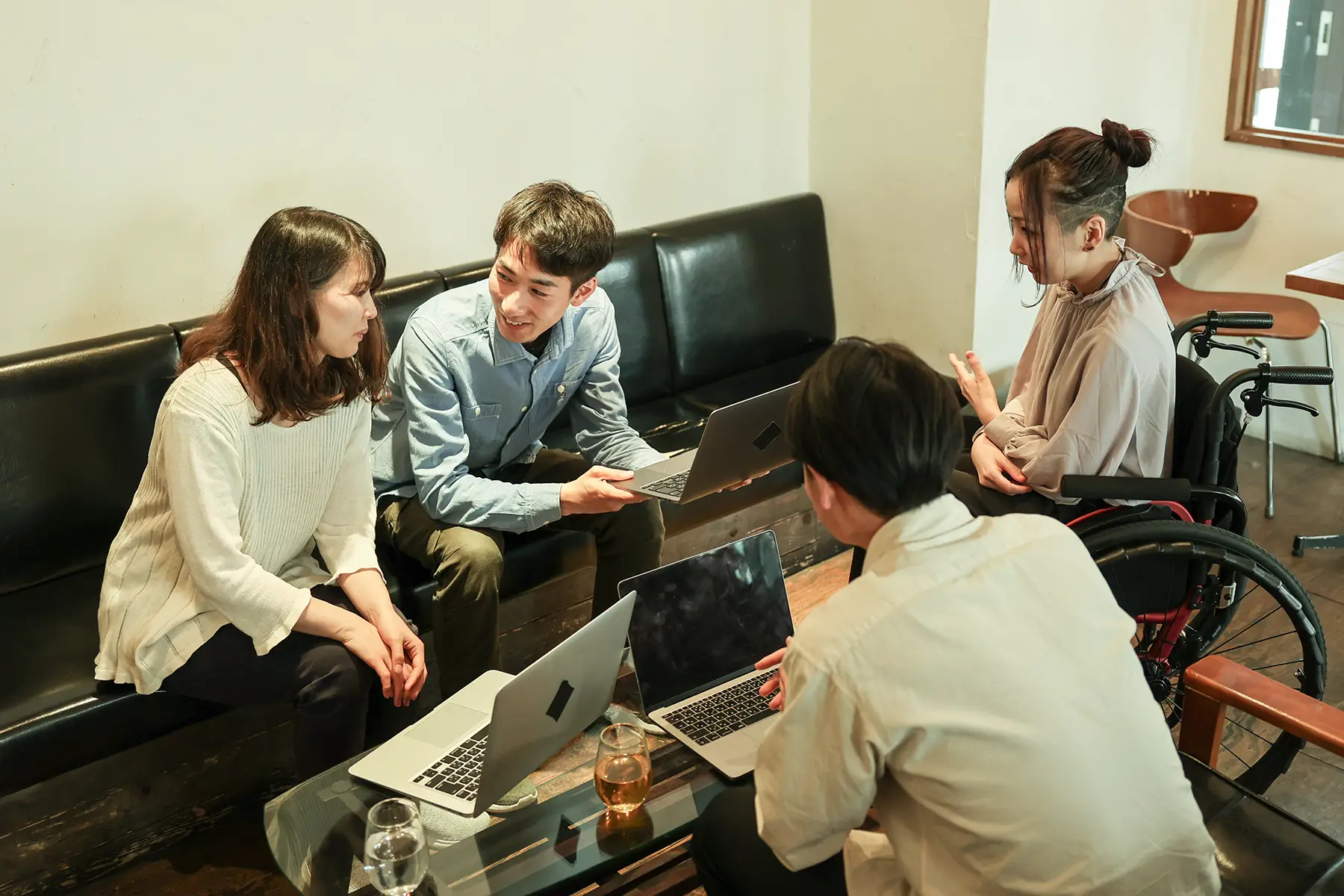
For 2023, the Disability Basic Pension pays out ¥993,750 for people with Grade 1 disabilities (¥990,750 if you were born before April 1956) and ¥795,000 for people with Grade 2 disabilities (¥792,600 if you were born before April 1956).
An additional ¥228,700 is available for each of your first two dependent children, if applicable. A further ¥76,200 is payable for each subsequent child. Any dependents must be under 18 and benefits are paid until 31 March the year after the child turns 18.
You can read the guidance provided by PwC to find out the conditions for qualifying for a Disability Employee Pension.
How to claim disability benefits
You will need to fill out an application form at your local municipal office to apply for disability benefits. In addition, you must provide your pension documents, details of your diagnosis, and a medical history report.
Health insurance in Japan
Healthcare and nursing care in Japan are covered by the health insurance (健康保険) portion of social security contributions. If you are signed up for national health insurance (NHI), your payments will be means-tested and cover 70% of your medical costs.

If you are covered by employment-based health insurance (EHI), your contribution will vary between prefectures. For example, in Tokyo, the employee and employer each contribute 4.905% of the salary to the health insurance fund. This rate is payable up to a maximum monthly earning of ¥1.39 million.
Employees over 40 pay a slightly higher rate of 5.725%, which includes an additional contribution towards nursing care insurance (介護保険).
Child benefits in Japan
Childbirth and childcare lump sum
If you have a baby in Japan, you will be entitled to a one-off lump sum, which you receive regardless of your health insurance status.
The Japan Health Insurance Association (全国健康保険協会) pays this to help cover the cost of giving birth. It can either be paid to you or the hospital where you have your baby.
The lump sum is payable per child (so you receive double if you have twins). The amount varies from ¥403,000 to ¥420,000 depending on the hospital.
Maternity leave allowance
This allowance covers lost earnings when women take time off work to have a baby.
Maternity leave (産前・産後休業) in Japan is split into two parts. The prenatal period is six weeks before the due date (14 weeks in cases of twins). The postnatal period is the 56 days immediately following the date of birth.
Notably, maternity leave is enshrined in law, regardless of whether you are a full- or part-time worker.
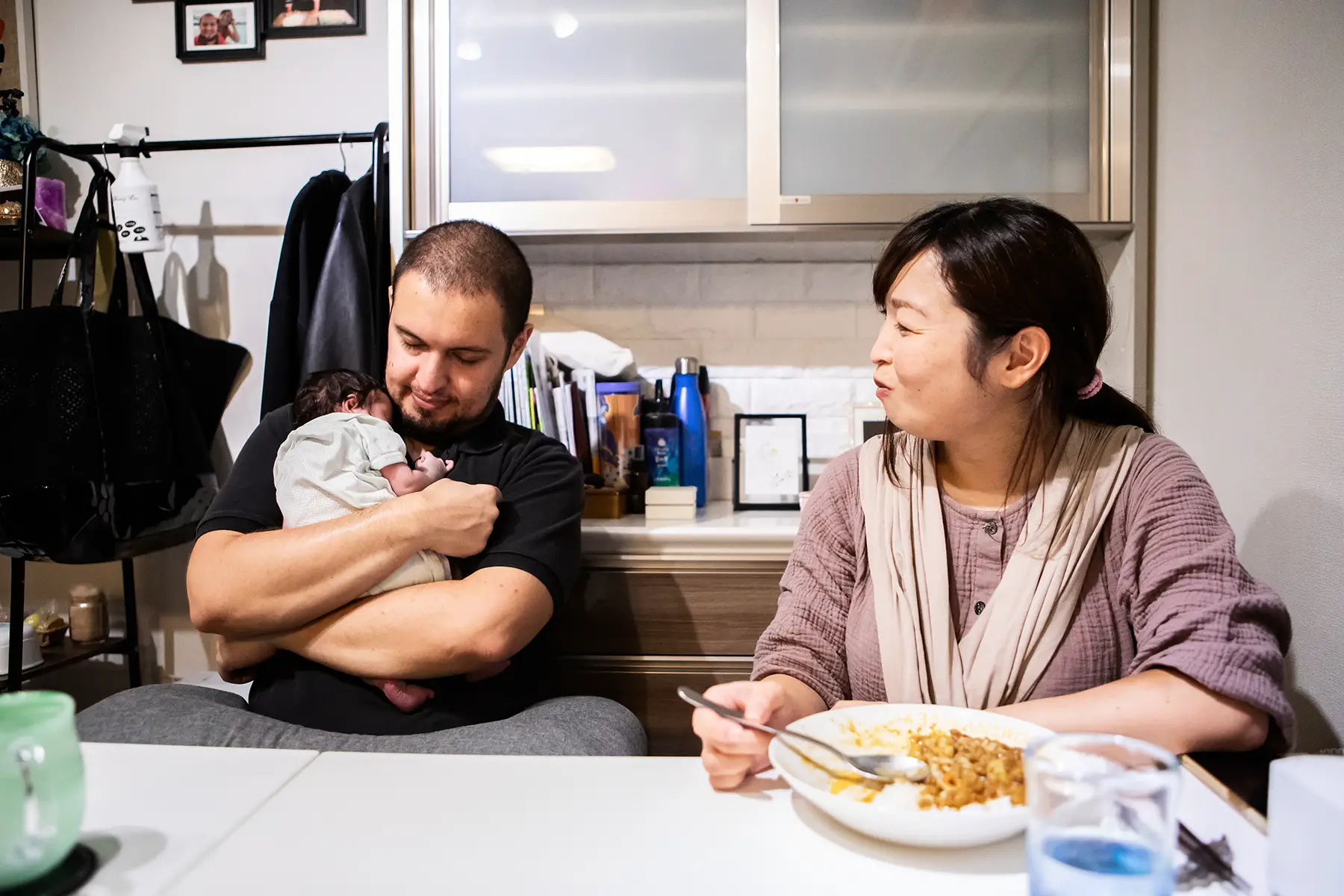
Mothers with employer-based insurance receive maternity leave allowance (出産手当金). However, those considered dependents under their spouse’s health insurance aren’t eligible for the allowance.
Women who qualify for the allowance can receive two-thirds of their average salary during maternity leave. You will need to submit a form to your health insurer or the Japanese Health Insurance Association to apply – your employer’s HR department should be able to do this on your behalf.
Other forms of financial support for parents in Japan
Working parents can request to take childcare leave (育児休業) from any time after the postnatal period (the eight weeks following the birth) until the child turns one year old.
Parents must have worked for their company for at least a year to qualify. They can receive two-thirds of their salary during the first six months and half of it afterwards. The Japanese government is considering raising childcare leave payments to allow more men to take time off work for parenting.
Single parents in Japan may benefit from a Child Rearing Allowance (site for Hiroshima city – 広島市), payable until the child turns 18, or 20 if they have a disability.
Survivor benefits in Japan
Who can get survivor benefits?
When someone dies, survivor welfare benefits (遺族給付金) are payable to spouses with children. The amount payable depends on the number of dependent children and when the deceased was born.
To qualify, the deceased must have contributed to the national pension system (or have had an allowable exemption) in at least two-thirds of their working life.

The basic survivor pension for a spouse is as follows:
- Basic survivor pension: ¥795,000 (¥792,600 if the deceased was born before April 1956).
- Supplement for first dependent child: ¥228,700
- Supplement for second dependent child: ¥228,700
- Supplement for subsequent children: ¥76,200
If there is no spouse, the child or children of the deceased may be eligible for the benefit. They receive ¥795,000 plus the following amount each:
- First and second child: ¥228,700
- Additional children: ¥76,200
How to claim survivor benefits
You can apply for survivor benefits at your nearest Japan Pension Service (日本年金機構) (in Japanese) branch. You will require the deceased’s pension documentation, family registry entry, and death certificate.
Social security for self-employed and freelancers in Japan
Self-employed workers in Japan contribute to the Japanese state pension and national health insurance (NHI). Pension contributions are payable at a flat rate every month, though you may wish to take out additional coverage to supplement the state pension.
For healthcare coverage, self-employed people must pay a monthly premium to their local municipality. The amount payable varies depending on location and income. This premium covers 70% of the cost of healthcare. If you wish, you can take out additional private insurance to cover the remaining 30% of costs incurred.
Social security in Japan for students and low-earners
Students in Japan can postpone their contributions by applying for a no-income exemption at their municipality office. International students are required to pay into the NHI, but if you have no income, you can apply for a discount.
Low earners who can’t afford to make state pension contributions can apply for an exemption through the National Pension Service.
If you can’t afford to make your NHI contributions, you can apply for an exemption through the Ministry of Health, Labour and Welfare’s public assistance system (生活保護). Applications are assessed based on earnings, the size of your household, and where you live in Japan.
Useful resources
- Ministry of Health, Labour and Welfare – provides general information about social security in Japan
- Japan Pension Service – a detailed explanation of pensions in Japan
- PwC – provides an overview of social security contribution rates


